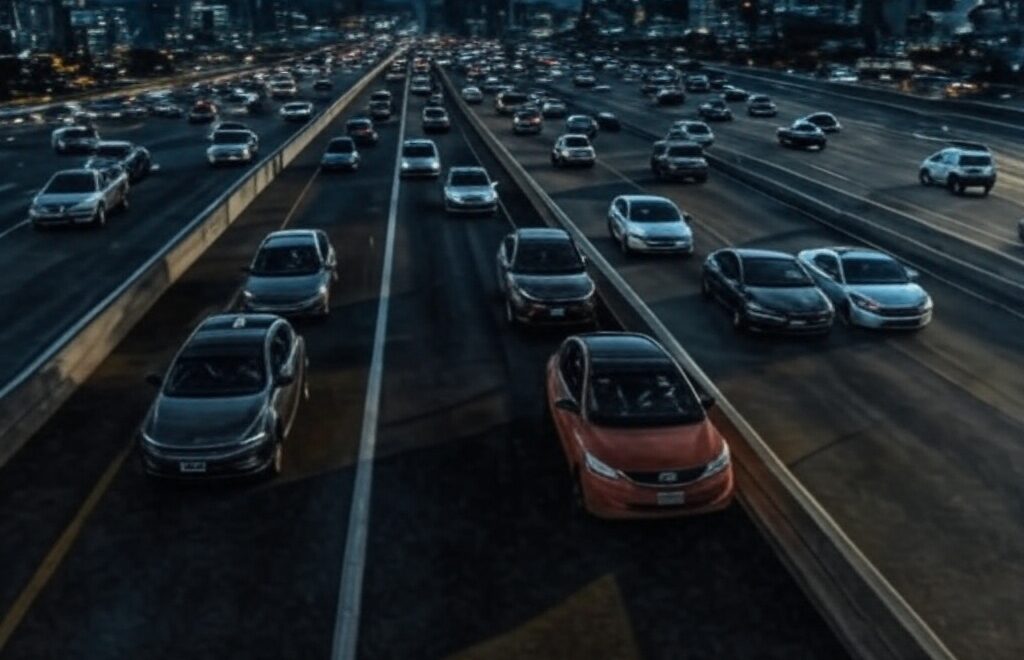How Self-Driving Cars Will Transform Traffic Safety
How Self-Driving Cars Impact Traffic Safety: Challenges and Benefits
Self-driving cars, also known as autonomous vehicles (AVs), represent a revolutionary shift in transportation, promising significant enhancements in traffic safety by drastically reducing human error—the main cause of accidents. Yet, alongside their vast potential, AVs also present immediate challenges that must be carefully addressed.
Short-Term Challenges of Self-Driving Cars
Addressing Safety Incidents and Technical Limitations
Despite their promise, AVs have experienced notable safety incidents. IEEE Spectrum reports at least 25 fatalities linked to autonomous driving technologies in recent years, emphasizing the critical need for rigorous testing and continuous improvement of AV systems (IEEE Spectrum).
Navigating Regulatory and Legal Uncertainties
Regulatory ambiguity remains a significant barrier. Henry Liu, Director of Mcity at the University of Michigan, underscores the urgency of nationwide standardized regulations and testing frameworks. Without consistent regulations, companies struggle to safely and efficiently deploy AV technology across states (Associated Press).
Building Public Trust and Acceptance
Public perception is critical to the success of AVs. Surveys highlighted by the Financial Times reveal growing apprehension due to high-profile incidents. Ensuring transparency and effective communication about AV safety and reliability will be crucial for public acceptance (Financial Times).
Long-Term Benefits of Self-Driving Cars
Significant Reduction in Traffic Accidents
In the long term, AVs have the potential to significantly decrease traffic accidents. The Insurance Institute for Highway Safety (IIHS) demonstrates that automated emergency braking alone can reduce rear-end collisions by nearly 40%, pointing toward the larger potential impact of fully autonomous vehicles on overall safety (IIHS Study).
Enhanced Traffic Efficiency and Reduced Congestion
AV technology can dramatically improve traffic flow and efficiency. Research in Nature Communications indicates that synchronized AV communication at intersections can reduce congestion, optimize travel times, and significantly enhance commuter experiences (Nature Communications).
Effectively Managing Mixed Traffic Environments
However, the coexistence of human-driven and autonomous vehicles presents unique transitional challenges. According to the Brookings Institution, AVs must adeptly manage human unpredictability, requiring sophisticated technologies and thoughtful policy-making to ensure safety during the transition phase (Brookings Institution).
Conclusion: Navigating the Road Ahead
While self-driving cars promise transformative improvements in traffic safety, overcoming initial technical, regulatory, and perceptual hurdles is critical. Continued investment in research, clear communication, and proactive policy-making will ultimately dictate how rapidly and effectively autonomous vehicles become integrated into daily transportation.

